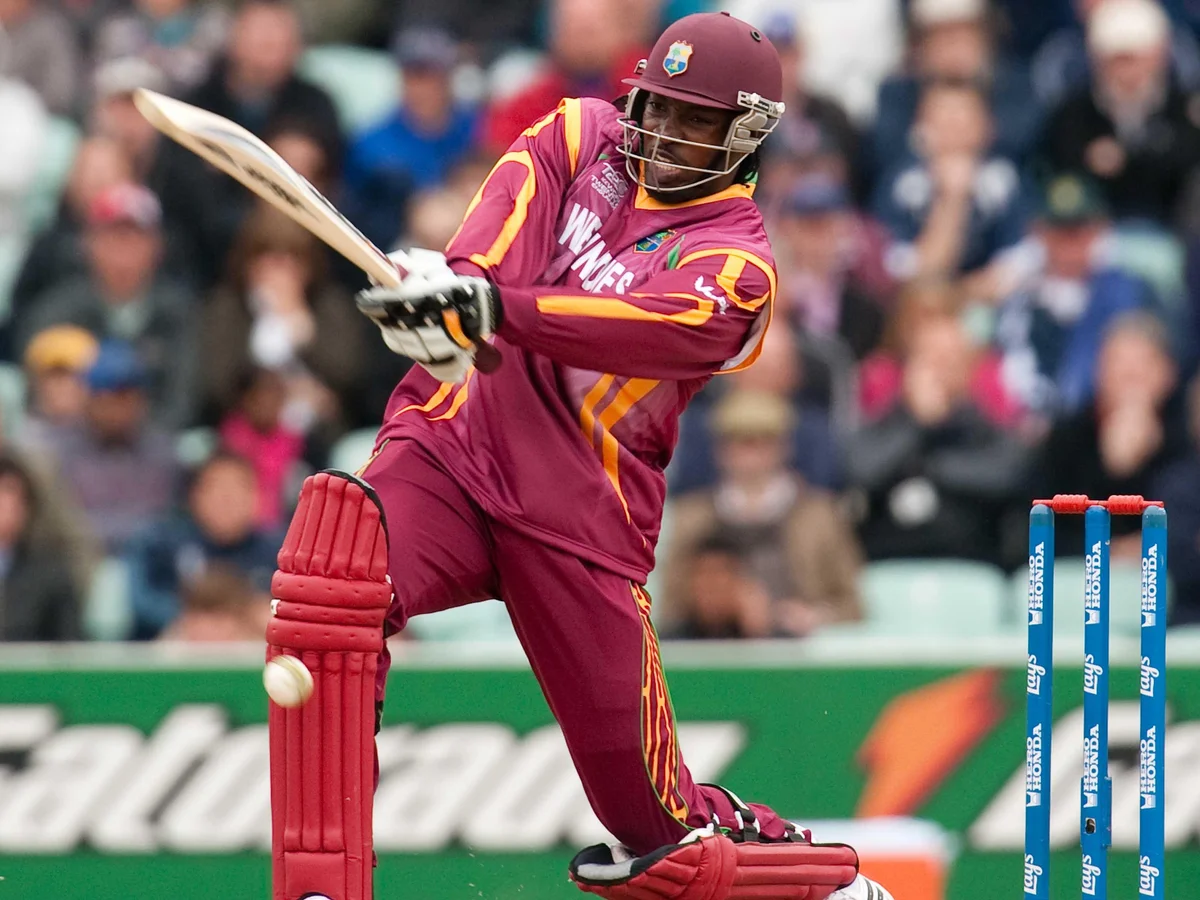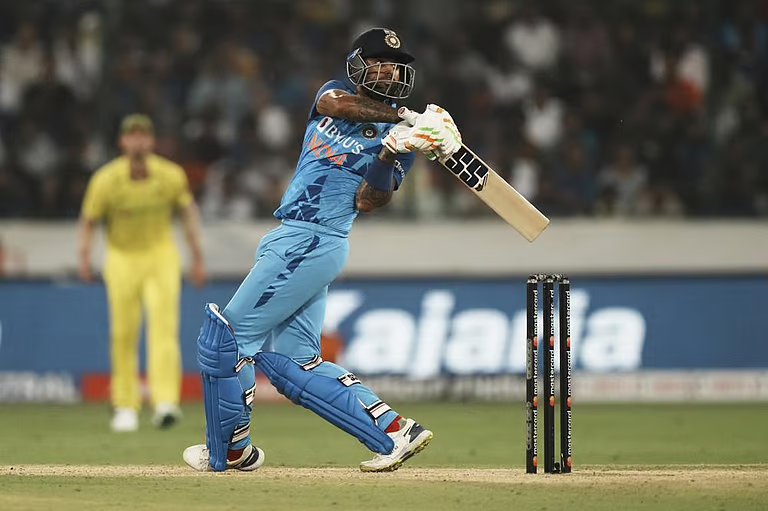The T20 World Cup revolutionized the batting approach, turning the game into a high-octane showcase of power, precision, and innovation. From cautious beginnings to today’s fearless, big-hitting style, the evolution of T20 batting has been nothing short of spectacular. But how did we get here? What factors shaped this transformation?
In this deep dive, we explore the journey of T20 batting—from its strategic foundations to the rise of power hitters and the impact of technology. Read on to uncover the key milestones that have defined the format and see how the future of T20 batting is set to reach even greater heights.
The Early Days: Laying the Groundwork
When the first T20 World Cup rolled around, batting strategies were still rooted in traditional cricketing principles. Batsmen focused on building a solid foundation, prioritizing wickets over reckless aggression in a format that was still finding its identity. Teams leaned on classic strokes, favoring timing and placement rather than sheer power. Scores were modest by today’s standards, as players carefully assessed conditions before accelerating.
The strategy was clear: set up a stable platform for the middle and lower order rather than chasing extravagant totals.
The Rise of Power Hitting

As T20 cricket gained momentum, so did the approach to batting. Batsmen began to exploit the condensed format, understanding the need to capitalize on every scoring opportunity. The explosion of domestic T20 leagues worldwide played a massive role in this shift, sharpening players’ power-hitting abilities under high-pressure scenarios.
Innovation took center stage—scoops, reverse sweeps, and unorthodox strokes became commonplace, breaking the mold of conventional batting. Icons like Chris Gayle and David Warner epitomized this era, turning explosive hitting into an art form. With boundaries becoming the primary currency of success, teams redefined their batting blueprints to maximize impact within 20 overs.
Technology and Data: The New Game Changers
The rise of technology and analytics has reshaped the way batsmen approach their craft. Video analysis, performance tracking, and data-driven insights offer players a deeper understanding of their strengths and weaknesses. Teams now optimize batting lineups based on strike rates, boundary percentages, and opposition weaknesses, ensuring the most effective hitters take center stage at crucial moments. This fusion of talent and technology has propelled T20 batting to unprecedented heights, making each inning a calculated yet electrifying display of skill.
Final Words: The Future of T20 Batting
The evolution of T20 batting shows no signs of slowing down. With advances in bat technology, training techniques, and fitness standards, batsmen are only getting stronger, faster, and more innovative. Expect even more audacious stroke play, record-breaking totals in sportsbooks, and a relentless pursuit of run-scoring brilliance. As the game continues to evolve, one thing is certain—T20 batting will remain a breathtaking spectacle, thrilling fans with every boundary, six, and impossible shot for years to come.

